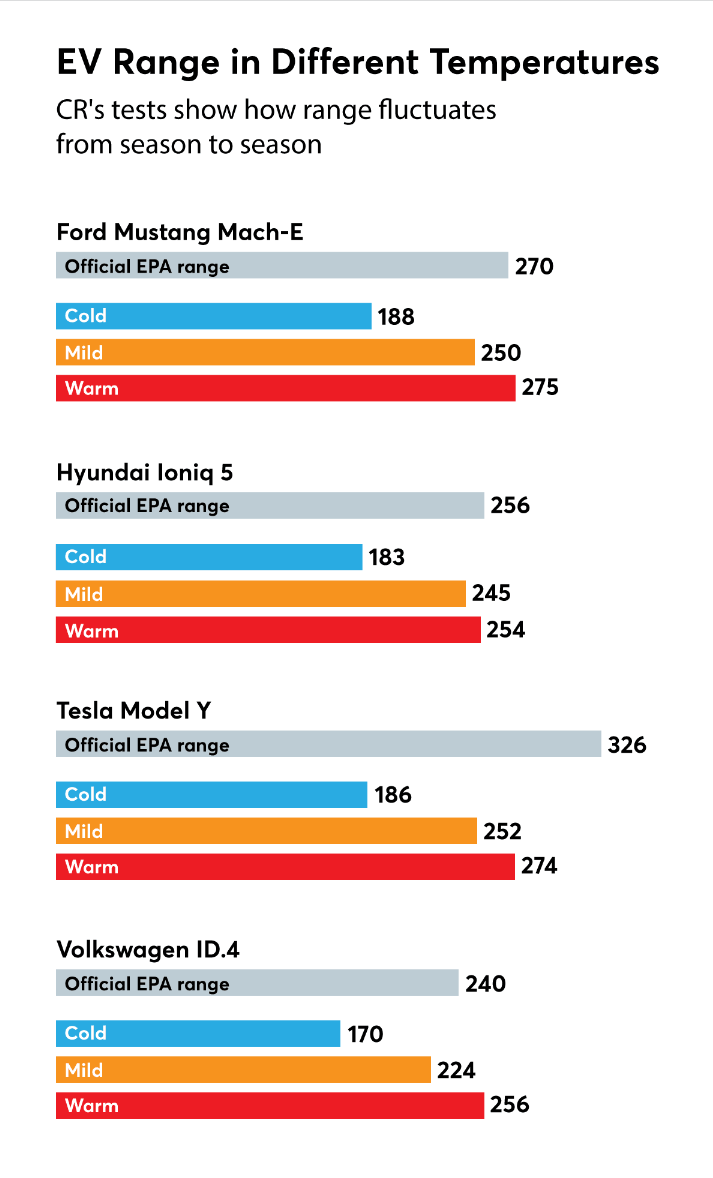eytonxav
Give me a museum and I'll fill it. (Picasso) Give me a forum ...
I have (since Oct '22) the BMW IX xdrive50, a mid-size, although a large mid-size SUV. The only three on the road that advertised range >300 miles were the IX, Mercedes EQS and the Tesla X. We were unable to test drive the X as none of the local showrooms had them available and we would have had to rent one. So it was between the EQS and IX. We ordered both and whichever one came through first.
Love the IX. It has all the bells and whistles except for the upgraded sound system, leather seats and multi-function seats. MSRP was $83K and with our add-ons, it came to $93K. The car handles beautifully. I can now easily parallel park with 4 wheel steering. The advertised range is 324 miles, however, I get only about 275 in 'winter' driving in SF Bay Area. Mostly local with very little freeway driving. Lots of downhill/uphill to get anywhere. Will have to see what it does now that it's summer.
I wish I had the multi-function seats as I have some back issues and would have loved real lumbar support and massage instead of the itty bitty pillow I keep in the car. Others riding in the car have remarked how comfortable and roomy the car is, especially in the back seat with the front seats pushed all the way back. The IX handles beautifully. Coming from the Acura RDX, the handling and ride quality are 100% better. DH has a Lexus 350 sedan and his ride quality was better than the Acura's. The IX's ride quality is much better than the Lexus'.
While outside noise is to be expected, it is much less than both the Acura's and the Lexus' when they were new. I distinctly recall this as I complained and had both cars in for service because I did not like the noise level. The IX even offers iconic sounds, although both DH and I prefer the 'natural' sounds of a car.
Storage is fabulous. Much more roomy as well as larger trunk storage. There is no frunk. There is a small storage area under the trunk mat which allows for those small odds and ends like cables and such.
There are stalks for windshield wipers and turn signals. Everything else is through the display, although there are buttons for defrost, basic lights (on and auto and hazard). There are a few buttons on the steering wheel as well as on the console. The one I use all the time is the 360 camera on the console.
My one complaint is the software. As mentioned in another forum, Tesla is a software company that builds cars, all the other manufactures build cars with software as a side hustle. That explains it well. Most of the time it works, sometimes it doesn't. The display is not that intuitive and takes some time to learn. I haven't even begun to understand and learn all it's capabilities. Not having experience with other cars, they have a great app which we use all the time. My favorite feature is 'where's my car'. It will walk you to the car if you forget where you parked it.
The other main downside is it's not a Tesla and we won't be taking it on road trips because of the frustrations with non-Tesla charging infrastructure. We are in the process of upgrading DH's 2017 Lexus to a current model because of all the bells and whistles in the new cars as well as having a road trip car. The two most important features being the 360 camera as well as carplay. He loves his Lexus but has decided to either get the equivalent BMW ICE sedan as the 2024 model will have the same infotainment system and features (I'm told, will have to wait and see). The other candidate is the Tesla Y long range. We are waiting for HW4 availability and will test drive on an overnighter at that time.
Hope this helps in your research.
Nice write-up. I rode in my neighbors I4-M50. It's a beautiful and a very nice driving car. The interior was quite luxurious and comfortable, but with my back I need something that sits higher off the ground for getting in and out. He has not mentioned any issues with the software and its capabilities, although he is a professor of electrical engineering, so his learning curve might be better than most. I was quite impressed with the hi-res display. Isn't there an adaptor you could get for charging on the road?


 . And when Tesla opens their stations to non-Teslas, they are only opening about 2/3rds of them. So for us, no road trips in the IX at this point in time. In a few years, probably yes. I do use the free public chargers, however, they are usually in use when I'm out and about.
. And when Tesla opens their stations to non-Teslas, they are only opening about 2/3rds of them. So for us, no road trips in the IX at this point in time. In a few years, probably yes. I do use the free public chargers, however, they are usually in use when I'm out and about.